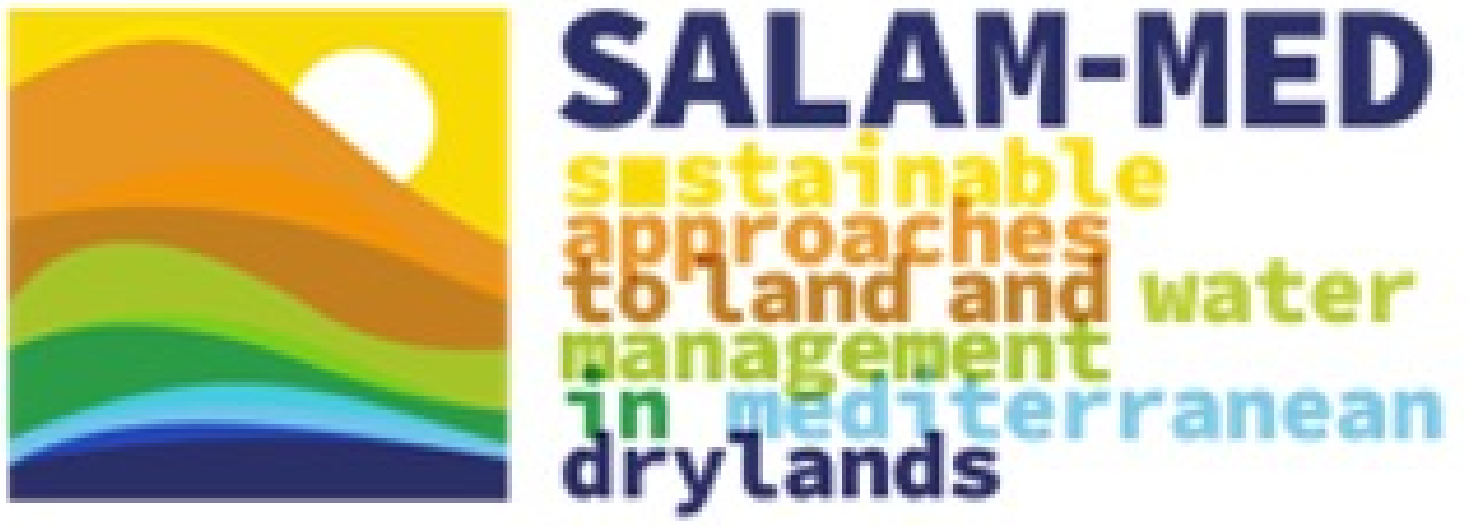Technology
Soil management in olive orchard
![[Soil-management-in-olive]-soilerosion2](https://www.salammedplatform.staging.wordpress.abidevops.website/wp-content/uploads/2023/09/Soil-management-in-olive-soilerosion2.jpg)
Experimental set up for soil erosion measurements
![[Soil-management-in-olive]-soilerosion1](https://www.salammedplatform.staging.wordpress.abidevops.website/wp-content/uploads/2023/09/Soil-management-in-olive-soilerosion1.jpg)
![[Soil-management-in-olive]-cover_crops](https://www.salammedplatform.staging.wordpress.abidevops.website/wp-content/uploads/2023/09/Soil-management-in-olive-cover_crops.jpg)
Cover crops
About
Current agricultural practices affecting soil quality in hilly terrain plots. Through this project we would like to quantify soil erosion risk on hilly terrains associated to 3 different agricultural practices (herbicides, mowing natural vegetation, cover crops). In addition, we want to understand the added value of cover crops in an olive orchard, and relate the outcomes with existing policies. In order to measure soil erosion, we have established a surface run-off collection system which allows us to take samples and separate the sediments in a simply way.
The primary objectives include:
- Comparative analysis to assess and compare soil erosion risk associated to three soil management practices.
- Soil conservation effectiveness to identify and suggest practices that provide solutions for mitigating soil erosion on hilly terrains.
- Knowledge dissemination of the findings and knowledge generated through Living lab approach.
- Promotion of EU and national regulations in agriculture (CAP directives)
Soil management technology can be applied in various ecological contexts to support agricultural activities such as: Agricultural Landscapes Watershed Management Ecological Restoration Projects Soil Conservation and Land Management Programs It is important to adapt the technology to the specific ecological context, considering factors such as local climate, soil types, vegetation cover, and land use practices. By doing so, the technology can contribute to informed decision-making, effective soil erosion control, and the preservation of ecological balance in diverse ecological contexts.
Some of the main constraints could be:
Accuracy in the data collection and analysis
Time and Resource Constraints
Weather Variability
Accessibility and Terrain Constraints
Land Ownership and Collaboration
Addressing these constraints requires careful planning, coordination, and collaboration with relevant stakeholders. Mitigation strategies may involve incorporating adaptive study designs, leveraging existing data sources, engaging with landowners and farmers, seeking funding and partnerships, and ensuring compliance with legal and ethical requirements. By overcoming these constraints, the project can proceed smoothly and provide valuable insights into soil erosion risks associated with different agricultural practices on hilly terrains.
Some contraindications could be:
Economic: May include additional costs due to increased labour work in the field.
Social: May arise from resistance to change traditional farming practices.
Environmental: No contraindications forseen at the moment.
Index
Workers needed: technical competencies needed, highly skilled workers are needed to make the technological solution work
Index 2
Ease of use: a long period of learning is required to use the technological solution
Index 3
Adaptability: it will not require too much time to be applied
Index 4
Effectiveness: The solution address the challenge / problem
Index 5
Reliability: The innovation is stable enough that no further changes need to be made in the future
Index 6
Cost: Perceived investment needed for the implementation of the innovation is high
Index 7
Greenhouse emissions: impact of technology on greenhouse emissions
Index 8
Water availability: the impact of technology on water availability
Index 9
Consulting and Advisory Services
Technology Development and Implementation
Data Analytics and Decision Support
Erosion Control Product Development
Education and Training
Land Management and Restoration Services
Overall, businesses can capitalize on the growing demand for soil erosion management solutions by providing specialized services, technologies, products, and knowledge transfer. The focus is on assisting stakeholders in implementing effective erosion control measures, minimizing environmental impacts, and ensuring sustainable land management practices on hilly terrains.
SM is linking to agricultural communities, land rehabilitation and restoration projects, sustainable agriculture and organic farming initiatives, urban agriculture, agroecology and permaculture systems. By implementing effective soil management techniques, among others communities can enhance agricultural productivity, farm biodiversity and groundwater recharge to promote environmental sustainability and secure the well-being for present and future generations.
Some important background information could be:
Awareness and Education
Technical Expertise
Demonstrable Benefits
Financial Incentives
Supportive Policies and Regulations
Collaboration and Partnerships
Access to Funding and Financing
By considering these background factors, stakeholders can create an enabling environment that encourages end-users to adopt and commercialize sustainable water management technologies. It is essential to address knowledge gaps, provide incentives, showcase benefits, and establish supportive policies and partnerships to maximize the adoption and impact of the solution.
Indicators
Chart not available on mobile
Living Labs for testing and implementing this technology
Living Labs as a crossroads for the development of sustainable and resilient technologies for environmental, economic and social progress.
Greece
Tech Responsible contacts
Christos Pantazis
chpantazis@noa.gr
References
Lorem ipsum dolor sit amet, consec tetur adipiscing elit, sed do eiusmod
Lorem ipsum dolor sit amet, consec tetur adipiscing elit, sed do eiusmod
Lorem ipsum dolor sit amet
Lorem ipsum dolor sit amet, consec tetur adipiscing elit, sed do eiusmod

